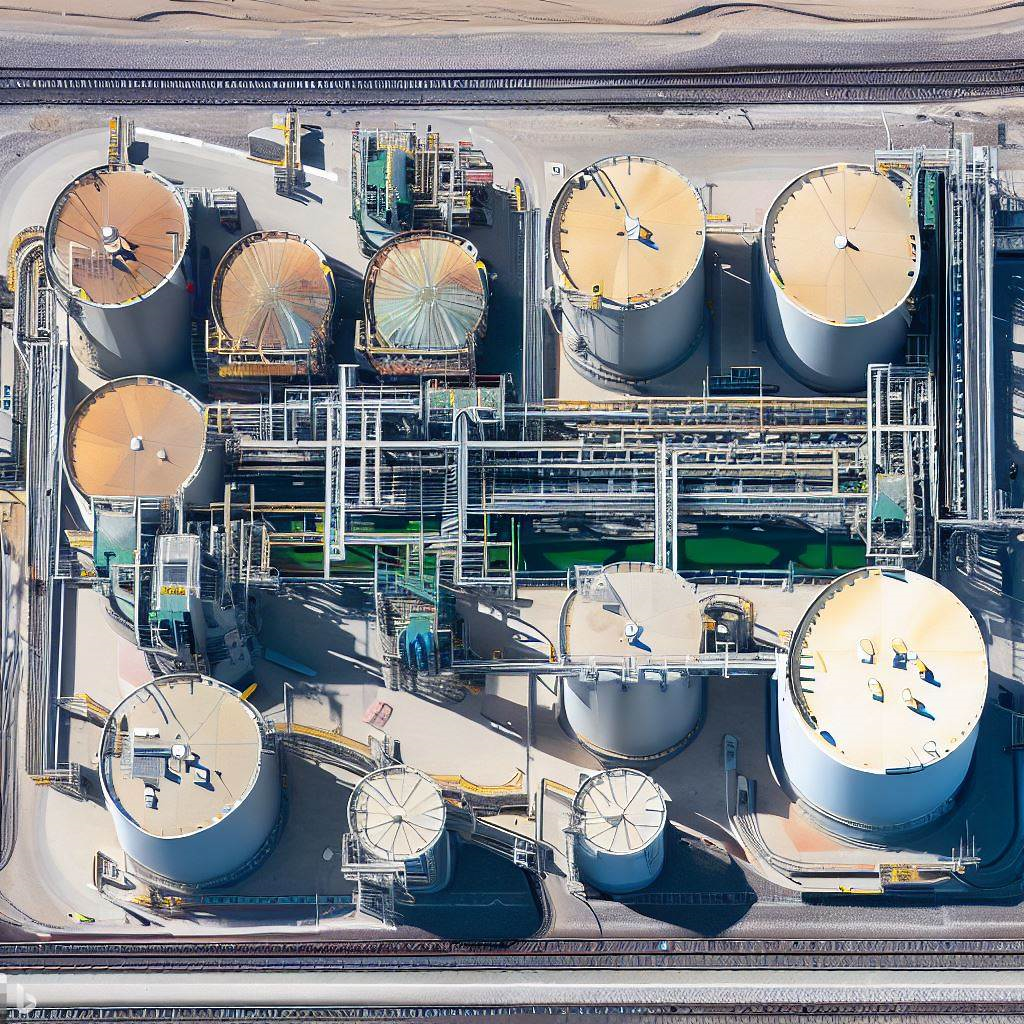Liquid Bulk Transload
Another important area of expertise you can find at Hard Deck Logistics that we absolutely love engaging in is liquid bulk freight. Liquid bulk freight as you know are liquid products/commodities that are not packaged traditionally and are transported in large quantities. Examples are chemicals, petroleum, vegetable oil, and so on.
Sources like Business Wire (A Berkshire Hathaway Company) show in their 2022 market report a projected market growth of more than $55 billion for liquid bulk (from $50 billion) at a Compound Annual Growth Rate/CAGR of 9.2%. The market is expected to grow to in excess of $75 billion by 2026 at 8% CAGR. A huge growing market.
Liquid bulk is highly specialized, and in many cases can be Hazardous/Dangerous Goods that require very specific regulatory/training compliance due to how they impact the environment and safety of people.
Liquid bulk can be transported by vessel/tanker ships, by rail tanker, and by truck tanker for example. The process of transloading, loading, and unloading these products is accomplished using hoses. These hoses, with pumps, are used to move the product in and out as needed.
Tank capacities based range from 2600 gallons to 31,000 gallons + based on various types including ISO, Flexitank, Tank Truck, and Rail Tank. This can vary. These tanks require specific specialized facilities with skilled technicians to load, unload, and transload. These facilities, as transloading becomes more widespread, have invested in portable pumps, also known as Pump Transfer Skids (PTS). PTS’, just like standard Truck Tank pumps and other pumps, can have an array of features such as metering ability to monitor the pumping process, self-priming features, and more.
Companies that have expert knowledge in these areas like Hard Deck Logistics and Commtrex, make sure to vet/assess that any such facilities follow all regulatory and safety guidelines, including making sure systems/hoses are able to be cleaned and sanitized as needed. We also vet to make sure facilities have the proper equipment to heat/cool pumps for transferring certain types of liquids, as well as that they are equipped with, where needed, steam boilers that aid in sanitizing containers, hoses, and units. This is very important for food-grade liquids. These steam boilers aid in heating liquids to assist in pump transfers which especially helps in colder weather. Another obvious matter we ensure compliance with during vetting is spill containment, as mandated by federal law in 40 CFR section 112. Just some examples to show you, whatever your needs are, Hard Deck Logistics and Commtrex will vet for full compliance to meet/exceed your needs.
So, with all of these regulations and risks, why transload you ask? First of all, if you are in this business you need to be transloading. Transloading allows flexibility, cost control, and quality control to the final delivery point. As well, both rail tank cars and tanker trucks hold more volume than ISO or FlexiTank, for example. Much more volume. A rail tank for example can hold close to 3.5 to 4 times or even more compared to an ISO tank. Additionally, almost always this will cost less in scale. For example, at the equivalent cost of a little less than three container shipments, you can ship almost four or even a bit more containers in a rail tank (as one example). Additionally, there are many transport/savings costs by reducing the equipment mix through the truck-to-rail transload process, for example, and as diesel/gas prices increase, this mode of transfer allows maximized cost/optimized delivery to final destination.
More to come about bulk transloading in future articles.
Sincerely, CEO Hard Deck Logistics
www.harddecklogistics.com
traffic@harddecklogistics.com
